
One of the most helpful hints for any homebrewer is to develop a network — people out there with the same mission — to make tasty homebrews. Members of homebrew clubs, the staff that works at the local homebrew shop, even professional brewers from your favorite local brewpubs — these are the people that prove to be extremely valuable resources. National Homebrew Day (which falls every year on May 7) is the perfect opportunity to get together with this type of network of brewers, celebrate the art of beer making and learn a thing or two.
For instance, what’s American Homebrewers Association Director Gary Glass doing on National Homebrew Day?
“My plan is to join Longmont, Colo.’s homebrew club, the Indian Peaks Alers, at their Big Brew site at the Grossen Bart Brewery,” said Glass.
Solid move. Similarly, throughout the day on May 7, hundreds of bars, breweries, shops and homebrew clubs nationwide will host their local communities to brew onsite for a national, same-day homebrewing session. This year’s official Big Brew recipes — Rocky Raccoon’s Honey Lager and Dusty Mud Irish-style Stout — were handpicked by the legendary Charlie Papazian. Heralded as the “godfather of homebrewing,” Papazian is the founder of the AHA, which this year is celebrating its 40th anniversary. Congrats. At noon CDT, all homebrewers and beer lovers are encouraged to raise their glass in a worldwide, simultaneous toast.
But before that happens, let’s get some advice from master homebrewer Glass.

“Yeast makes beer,” he said. “Brewers clean and sanitize to ensure that it’s the yeast they pitch that makes their beer and not some other microorganism. Cleaning and sanitizing isn’t hard to do, but it does require attention to detail. If you can give it that attention, you’ll most likely make great beer. Oxidation is the most common off-flavor found in homebrews. Because of this, many experienced homebrewers encourage newbies not to rack their beer into secondary fermenters. In many, if not most, cases, that’s good advice, but for beer that is going to age for more than a few weeks, it’s a good idea to carefully rack your beer off the yeast.
“Autolysis is a much more common issue than most homebrewers think — mainly because most homebrewers, and most judges for that matter, don’t recognize it when they taste it. Autolysis can take on many different forms, such as umami [e.g. soy sauce] and dried dog food, sometimes, although I find it rare, it comes across as rubbery/burnt rubber, which used to be the most common descriptor used for autolysis on the homebrew forums. So, always use fresh, healthy yeast, avoid storing harvested yeast for an extend period of time and don’t leave your fermented beer on the yeast for more than a few weeks.
Wow. Great advice, Garry. We appreciate it. We also appreciate that the American Homebrewers Association allowed us to reproduce the recipe for the famed Rocky Raccoon’s Honey Lager below. Check out the recipe for the Dusty Mud Irish-style stout right over here, and then plan to prepare one of these puppies for May 5.
Rocky Raccoon’s Honey Lager | Premium American Lager
The following recipes appear in the July/August 2016 issue of Zymurgy magazine and are based off of a recipe originally published in The Complete Joy of Homebrewing by Charlie Papazian. One of Charlie Papazian’s most popular homebrew recipes, Rocky Raccoon Honey Lager. “It’s a classic,” Papazian shared with Zymurgy magazine. “Hundreds of homebrewers have won awards in competitions for their renditions of this beer.”
The honey lager takes its name from a track of the same name on The Beatle’s White Album. The song was an earworm of Charlie’s ever since his parents brought him back the record from England in 1968. “To this day, [“Rocky Raccoon”] is high in my humming repertoire.”
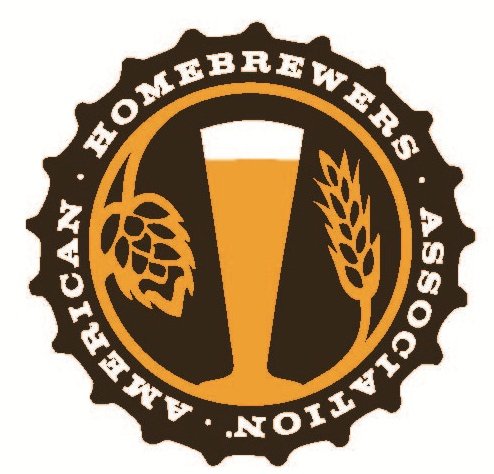
Ingredients
- For 5 gallons (18,9 L)
- 5.75 lb. (2.6 kg) Pilsner malt
- 2.5 lb. (1.13 kg) Honey added after boiling is finished. Do not boil honey. (Choose a honey known for its perfume-like floral aroma and flavor, such as orange blossom, basswood, linden tree, tropical climate honey, etc.)
- 1 oz (28 g) Cascade hops, 5 percent a.a. (60 min)
- 0.5 oz (14 g) Aramis, Mt. Hood, Santiam, or U.S. Tettnang hop pellets (dry hop)
- 0.25 oz (7 g) dried aromatic jasmine flowers (optional), added during dry hopping
- 0.25 tsp (1 g) powdered Irish moss
- American lager yeast, Pilsner-type yeast, American ale yeast, or White Labs Cry Havoc yeast
6-oz (170 g) corn sugar for priming bottles, or 2.6-oz (74 g) corn sugar for kegging
Specifications
- Original Gravity: 1.050 (12.5 B)
- Final Gravity: 1.008 (2 B)
- ABV: 5.5 percent
- IBU: ~23
- SRM: 4
Directions
A step infusion mash is employed to mash the grains. Add 6 quarts (5.7 L) of 140° F (60° C) water to the crushed grain, stir, stabilize, and hold the temperature at 132° F (56° C) for 30 minutes. Add 3 quarts (3 L) of boiling water and add heat to bring temperature up to 155° F (68° C) and hold for about 30 minutes. Then raise temperature to 167° F (75° C), lauter, and sparge with 3.5 gallons (13.5 L) of 170° F (77° C) water. Collect about 5.5 gallons (21 L) of runoff. Add 60-minute hops and bring to a full and vigorous boil.
The total boil time will be 60 minutes. When 10 minutes remain, add the Irish moss. After a total wort boil of 60 minutes, turn off the heat, stir in the honey, and place the pot (with cover on) in a running cold-water bath for 30 minutes, or use other methods to chill wort. Then strain and sparge the wort into a sanitized fermenter. Bring the total volume to 5 gallons (19 L) with additional cold water if necessary. Aerate the wort very well.
Pitch the yeast when temperature of wort is about 70° F (21° C). Once visible signs of fermentation are evident, ferment at a temperature around 55° F (12.5° C) for about one week, or until fermentation shows signs of calm and stopping. Rack from primary to secondary and add the hop pellets and optional Jasmine flowers for dry hopping. If you have the capability, “lager” the beer at temperatures between 35 and 45° F (1.5–7° C) for 3 to 6 weeks.
Original Extract Version
The following is the original Rocky Raccoon Honey Lager recipe from The Complete Joy of Homebrewing (4th Edition) by Charlie Papazian.
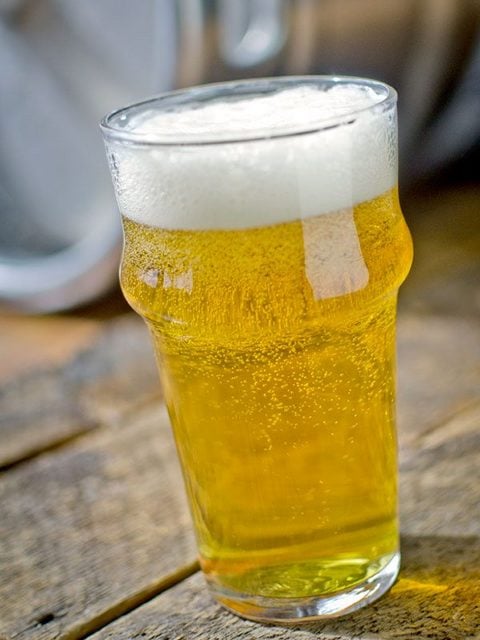
Specs
- Original Gravity: 1.048 – 1.052 (12 – 13 B)
- Final Gravity: 1.004 – 1.008 (1 – 2 B)
- Bitterness: 23 IBU
- Color: 4 SRM
- Alcohol: 5.8 percent by volume
Ingredients for 5 gallons (18.9 L)
- 3.5 lb (1.6 kg) plain extra-light dried malt extract
- 2.5 lb (1.1 kg) light clover honey
- 1.5 oz (42 g) Cascade hops (60 minutes), or try 2 oz. (56 g) Saaz for a Pilsner-like character
- 0.5 oz (14 g) Cascade hops (finishing)
- 0.25 tsp (1 g) Irish moss
- American lager, Pilsner-type yeast, American Ale yeast, or White Labs Cry Havoc yeast 6-oz (170 g) corn sugar or 10-oz (283 g) dried malt extract (for bottling)
Directions
Add the malt extract, honey, and boiling hops to 1½ gallons (5.7 L) of water and boil for 60 minutes. Add Irish moss for the last 10 minutes of the boil. Add the finishing hops during the final 2 to 4 minutes of boiling. Strain, sparge and transfer immediately to 2 gallons (7.5 L) of cold water in the fermenter. Top off with additional water to make 5 gallons (19 L). Add the yeast when wort is cool, and ferment to completion. Bottle when fermentation is complete.
Enjoy!

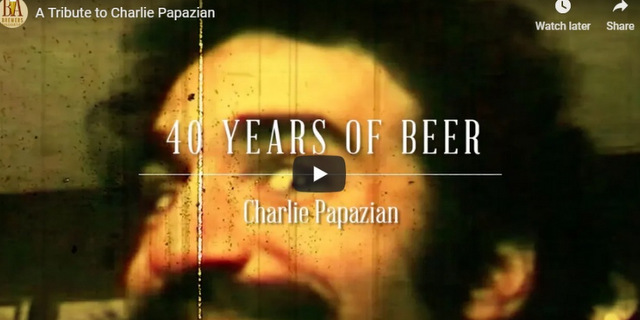
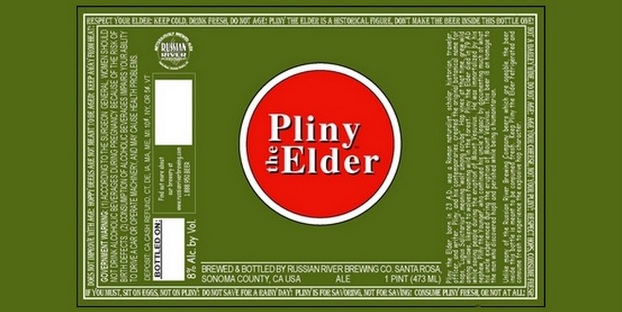
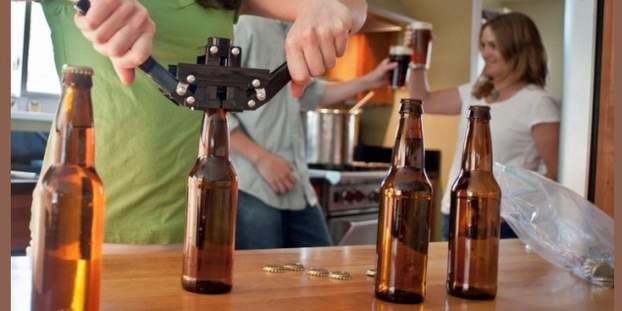
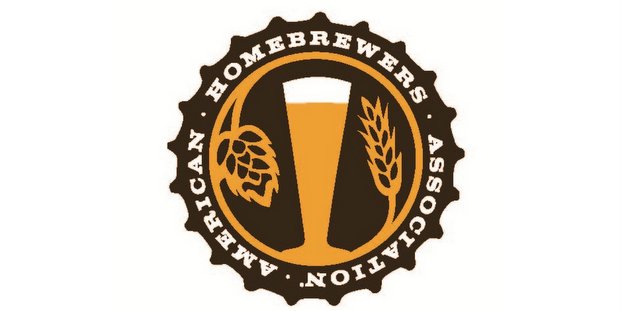
Leave a Reply
You must be logged in to post a comment.